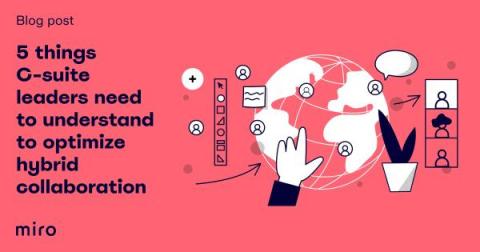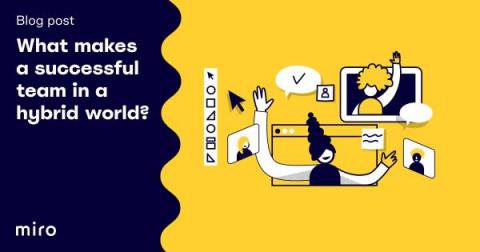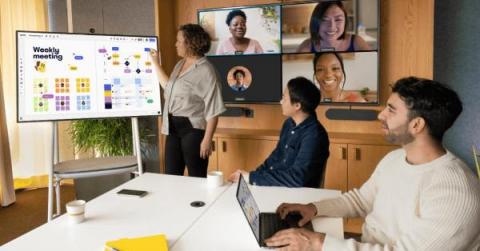10 Hybrid Work Model Best Practices for your Business
Hybrid work is an ecosystem where employees can work from their home office, in a physical office, and in coworking workspaces. It’s a work model that follows a people-first approach to managing the workforce. Hybrid work is said to increase employee productivity while addressing the challenges of remote work like isolation and lack of community. However, hybrid work can take many forms and needs to be optimized to achieve maximum productivity.











